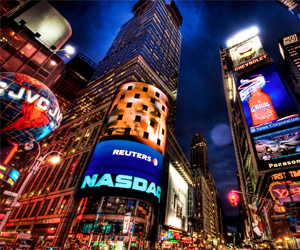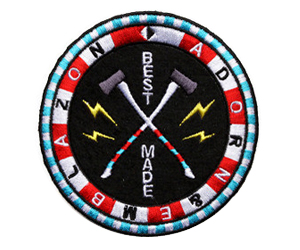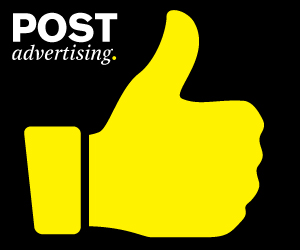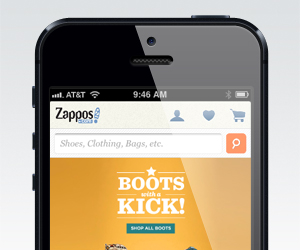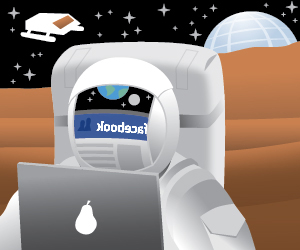
What Every Brand Should Know About Facebook’s Graph Search
Yesterday Facebook announced its biggest innovation since the News Feed in 2006. It is finally taking search seriously, launching Graph Search.
What Google is to the web, Graph Search is to your social network on Facebook. Graph Search, which will appear on the top of every Facebook page, enables people to find information through the filter of their friends in relation to four pillars—people, places, photos and interests. With Graph Search, people type in what they’re looking to find, not just by name but also by category or simple phrase.
Editor's picks
- Casinos Not On Gamstop
- Best Non Gamstop Casinos UK
- Best Non Gamstop Casinos In The UK
- Casino Not On Gamstop
- Non Gamstop Casino Sites UK
- Slots Not On Gamstop
- Online Casino Canada
- Non Gamstop Casino UK
- カジノ オンライン
- Casino Not On Gamstop
- Casino Sites Not On Gamstop
- Casino Sites Not On Gamstop
- Sites Not On Gamstop
- Casinos Not On Gamstop
- Meilleur Casino En Ligne
- UK Online Casinos Not On Gamstop
- Online Casinos
- Non Gamstop Casinos
- Casino Not On Gamstop



